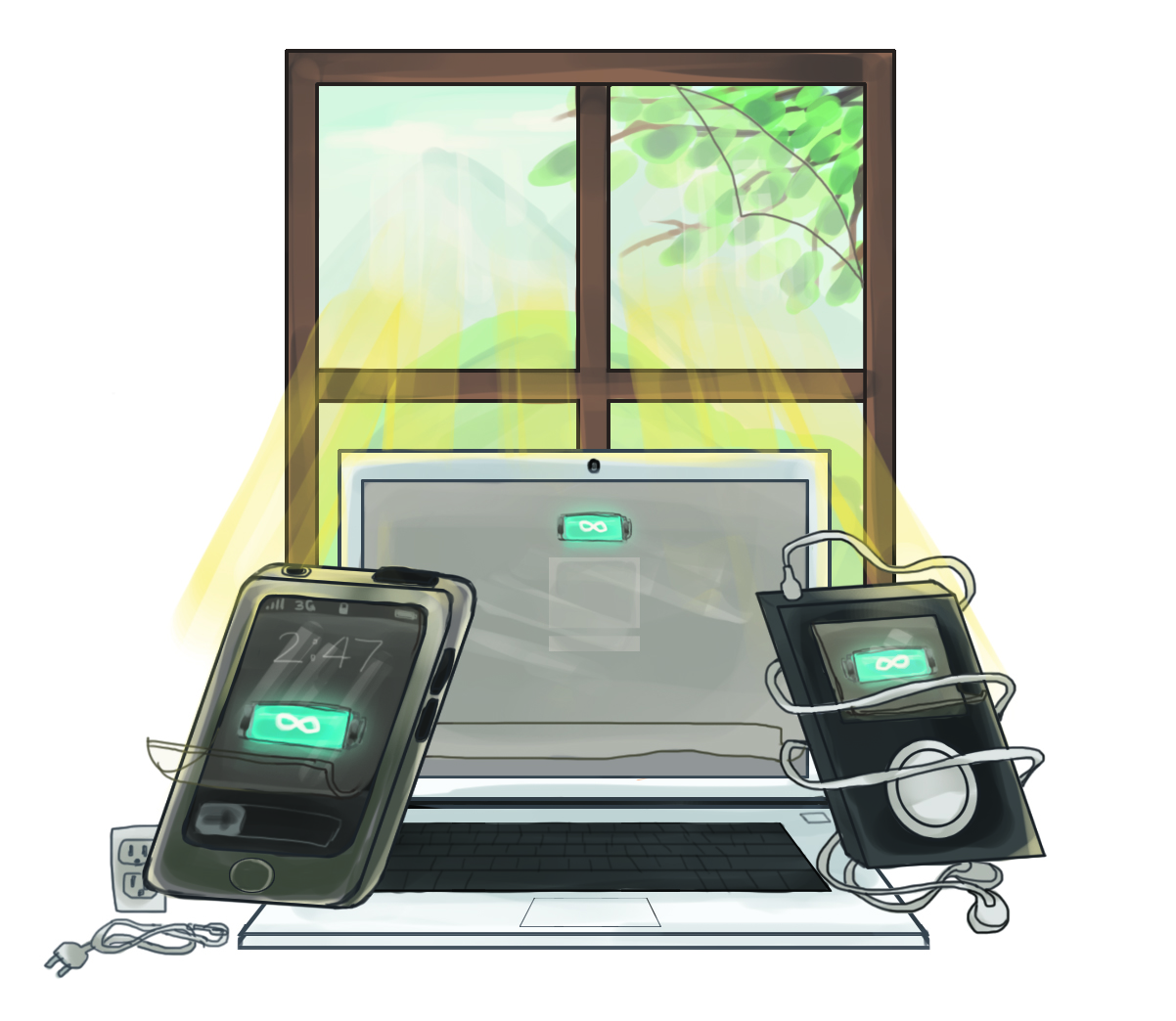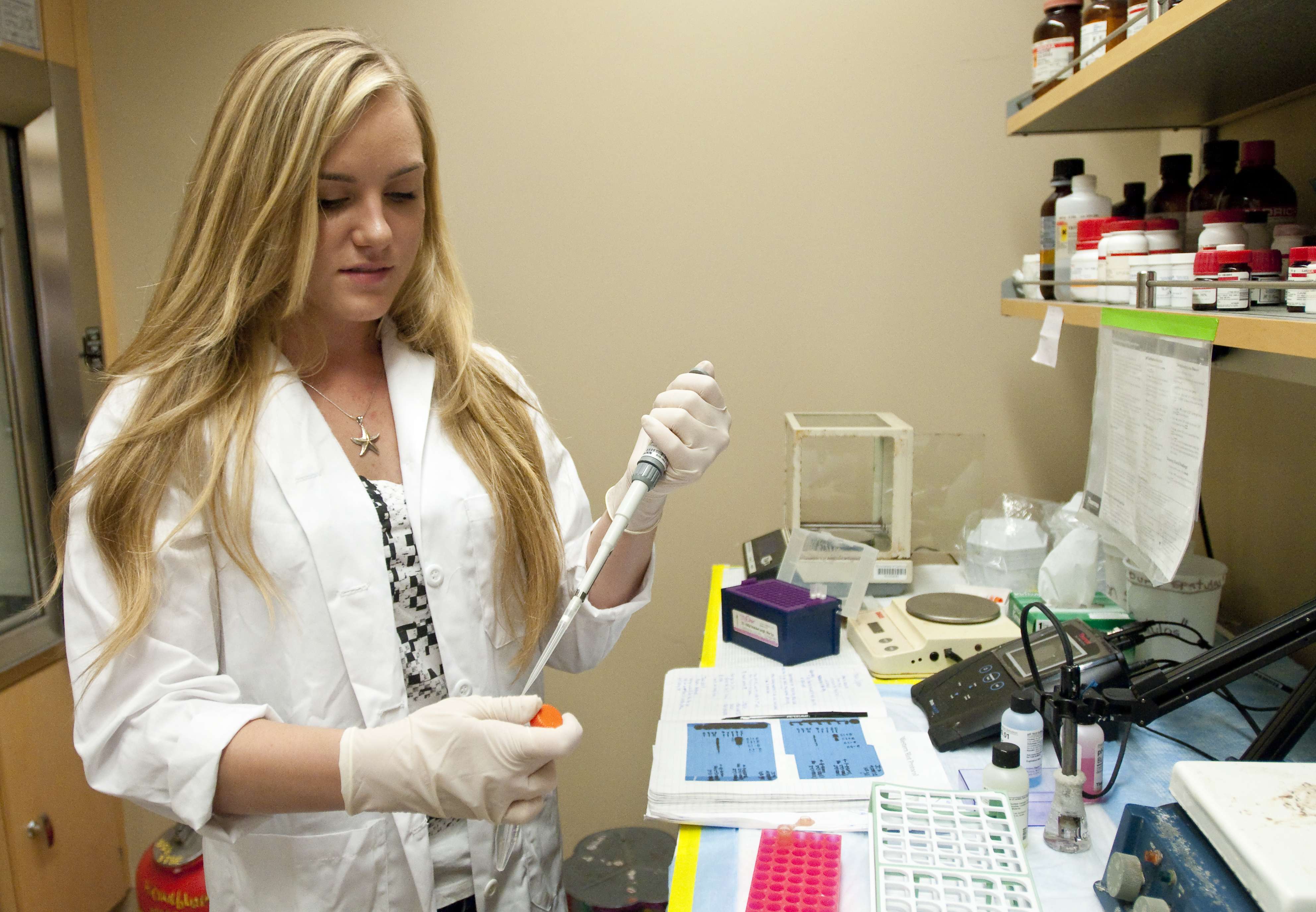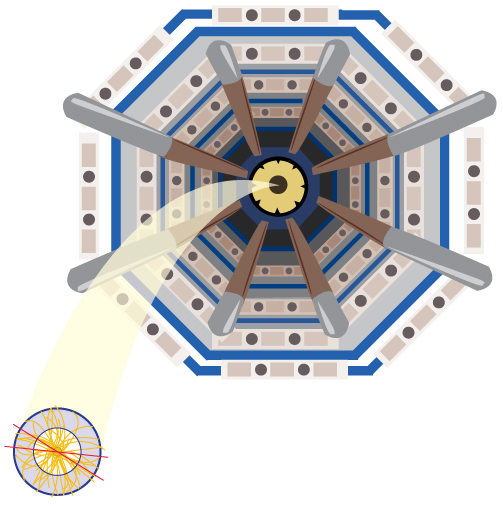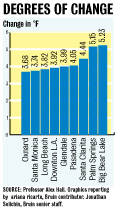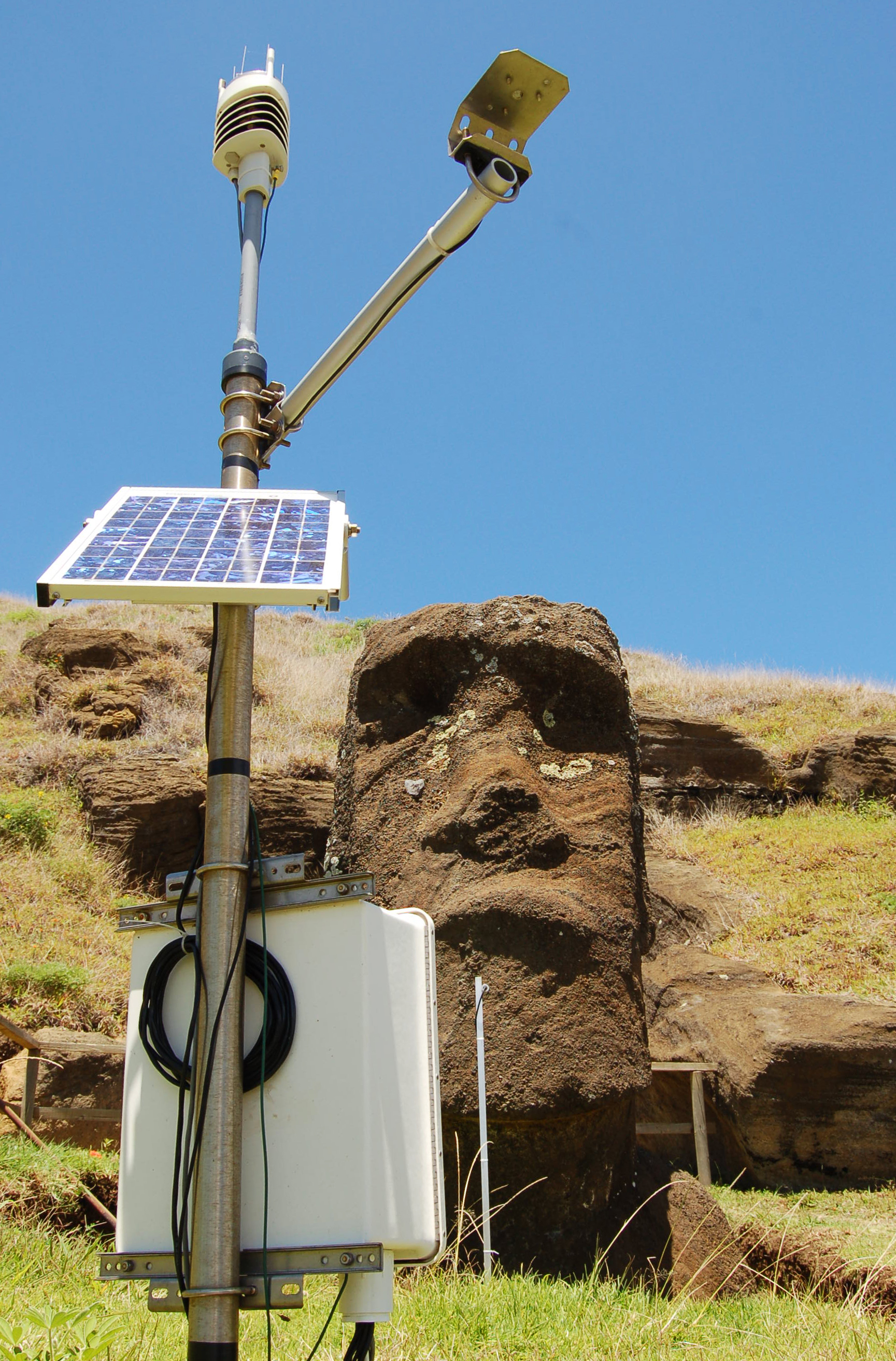Each year millions of patients check into hospitals for treatment and instead get a completely different medical condition than they came in with "“ a hospital-acquired infection. Read more...
News, Science & Health
|
August 13, 6:07 am
Medical centers trying to reduce risk of hospital-acquired infections
News, Science & Health
|
July 30, 1:46 am
UCLA researchers develops nearly transparent solar film that can generate electricity
New solar cells, which can convert light to energy, are so thin they can be laminated and applied to windows or mobile devices, allowing homes and electronics to produce their own electricity while undergoing almost no change to their aesthetic appearance. Read more...
Campus, News, Science & Health
|
July 15, 11:18 pm
UCLA researchers receive grant to study effects of copper surfaces in hospitals
Parts of the Ronald Reagan UCLA Medical Center's intensive care units will soon gleam with a gold shine as plastic keyboards and bed rails are stripped from exam rooms and replaced with copper substitutes for a new medical study. Read more...
News, Science & Health
|
July 8, 10:40 pm
C.U.R.E. club at UCLA helps students secure research lab positions
Minasian has been volunteering in a lab since winter quarter of last year, doing what she calls "hands-on" work with the lab's researchers, preserving cell cultures and analyzing the effects of knocking out autism-related genes on cells. Read more...
Photo:
Julia Minasian, rising fourth-year neuroscience student
News, Science & Health
|
July 8, 10:36 pm
Scientists announce finding of Higgs boson particle responsible for all mass in universe
The Higgs boson, known commonly as the "God particle," is thought to be responsible for all of the matter in the universe. But physicists only found evidence of its existence last week. Read more...
News, Science & Health
|
July 8, 11:12 am
UCLA study predicts mid-century warming for Los Angeles
Through complex equations and several data sets, UCLA researchers have programmed a supercomputer to predict the future of Los Angeles "“ the future temperature, that is. Read more...
News, Science & Health
|
July 8, 11:08 am
UCLA archaeologist works to preserve Easter Island statues
An archaeologist driving around the remote island with her young daughter in tow quickly became a familiar sight to locals of Easter Island. Read more...
Photo:
An environmental monitoring system is set up in front of a statue as part of the Easter Island Statue Project. (courtesy of Deidre Whitmore)
